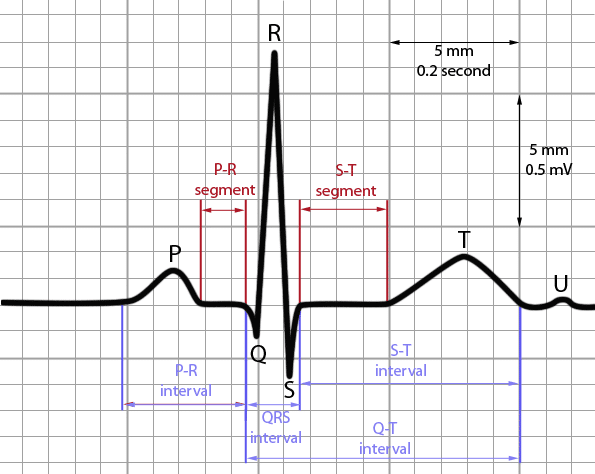From thumb sensors to interactive buttons, Card/IO’s compact prowess invites us to ponder: Can innovative DIY tech spark the next healthcare revolution?
In the world of DIY medical electronics, ECG machines resonate as a popular choice, bridging the gap between enthusiasts and introductory medical projects. An inventive mind, [Dániel Buga], has now brought forth a unique creation, Card/IO—an ECG system compactly designed to fit within the dimensions of a credit card. It’s a modest yet effective single-lead ECG implementation, offering a hands-on experience for novices and developers.
Card/IO boasts fundamental components of a reliable biosignal sensing system. Its sensing pads, designed to capture voltage differences between the user’s thumbs, integrate Right Leg Driving (RLD) to eliminate common-mode voltage. By employing a low-pass filter, high-frequency noise interference is mitigated, while an ADS1291 ECG analog front-end chip handles the differential signal, incorporating a delta-sigma analog-to-digital converter and an SPI bus for seamless processor communication.
Steering the interface is the ESP32-S3, programmed in Rust—a fitting choice for its versatility. This pairing drives a 1″ OLED display showcasing digitized ECG signals. Additionally, ESP32-S3 manages the user experience, allowing menu navigation via the ECG sensing pads, which transform into interactive buttons for option selection upon a brief touch.
Dániel Buga’s project not only delivers functionality but also embraces the essence of open source collaboration. The project’s GitHub repository houses all source code and KiCad files, offering enthusiasts a glimpse into the mechanics behind Card/IO.
While Card/IO isn’t positioned as a replacement for professional medical instruments, it embodies innovation and community spirit. As we venture into the realm of biosensing and medical electronics, Card/IO sets an inspiring example. This unassuming yet ingenious device signals towards a future where technology and human ingenuity converge for accessible medical innovation.
















































































